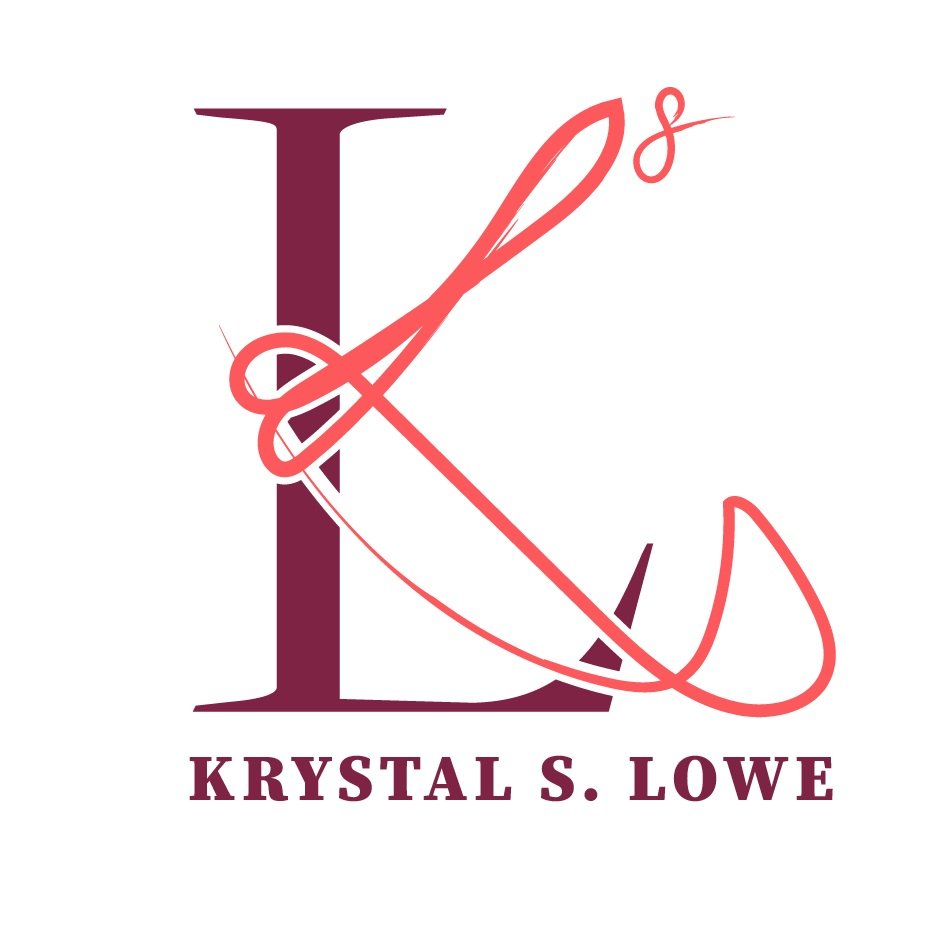The Exploration of Accessibility
The Exploration of the Greater Accessibility of Whimsy
I'm about one third of the way through my project with the very long name - The Exploration of the Greater Accessibility of Whimsy funded by the Arts Council Wales, Welsh Government and the National Lottery. This sustainability grant is focused on taking my existing piece of work, Whimsy - a 15-minute two-woman dance theatre piece for family audiences, and exploring ways of embedding accessibility within the work.
For me it's simple, I love art.
I am made well and restored, brought joy and peace through art so I want as many people as possible to be able to experience that. And sadly, there are many barriers to art benefiting all. Through this project I hope to work to pull-down some of those barriers – for this work, for the work I will create, and for those in the sector who will learn from this project especially self-producing artists and project funded organisations who feel accessibility is an overwhelming thought and struggle to know where to begin.
I wrote Whimsy in 2014 and spent years refining the story to bring it to the place it is now - a story about love of nature and self. Being a text-heavy piece is wonderful except that it excludes audiences who are D/deaf and hard of hearing. So, I've connected with Elise Davison of Taking Flight, Jonny Cotsen a freelance theatre consultant, and Yvonne Murphy a theatre director who is producer for this project. We meet together and discuss accessibility in many forms with specific focus on D/deaf and hard of hearing accessibility. These sessions are informal and exciting and yield many new ideas for creating more accessible work. I leave feeling excited and hopeful about what Whimsy will become and how I can weave different forms of accessibility into new work I create going forward.
So, what have I learned so far?
- Unless you’re on vacation, there’s no such thing as all inclusive:
There is no way to create work that can be appreciated in the same way by every audience member. The point of exploring accessibility isn’t to get to the finish line – there is no finish line – we take time to ensure we make work that can be appreciated by audiences and doesn’t allow massive barriers to participation to stand.
- Not all D/deaf and hard of hearing people communication in the same way:
British Sign Language needs to be learned by its users – it’s not magically transmitted into the minds of a person who is D/deaf or hard of hearing. Therefore, making work accessible for D/deaf and hard of hearing audiences isn’t simply about placing a BSL interpreter on a platform in the corner of the performance area. It’s about ensuring there are multiple ways of accessing the work.
- Through my British Sign Language level one course I have learned my alphabet, how to introduce myself, my colours, and loads of other signs! And I’m only on session three of ten. I didn’t want to learn BSL as if it was choreography, I wanted to give the language and culture of those who use BSL the respect of actually committing my time to learning the language from the beginning. And it turns out, it’s really enjoyable to learn!
What’s next for the exploration of accessibility?


